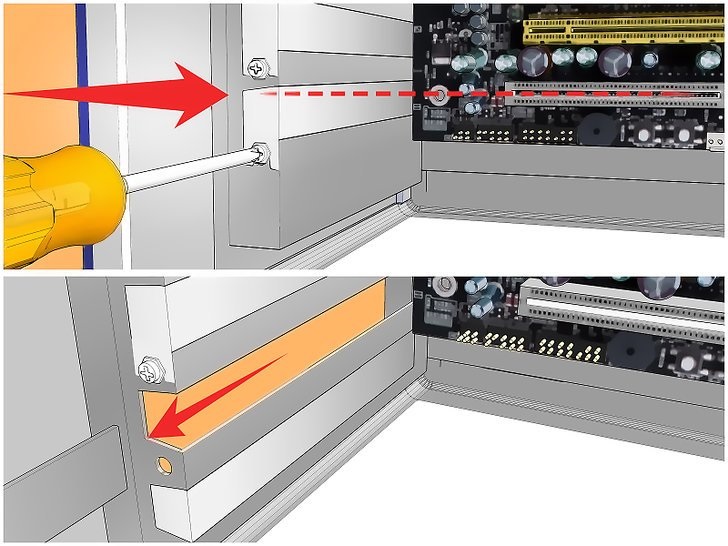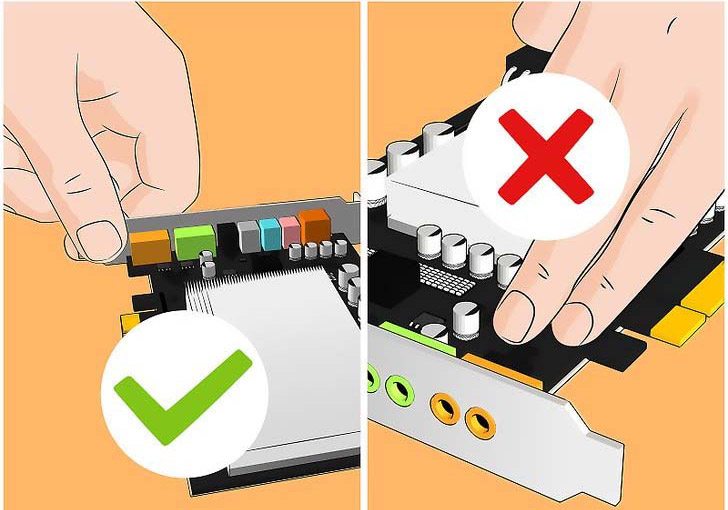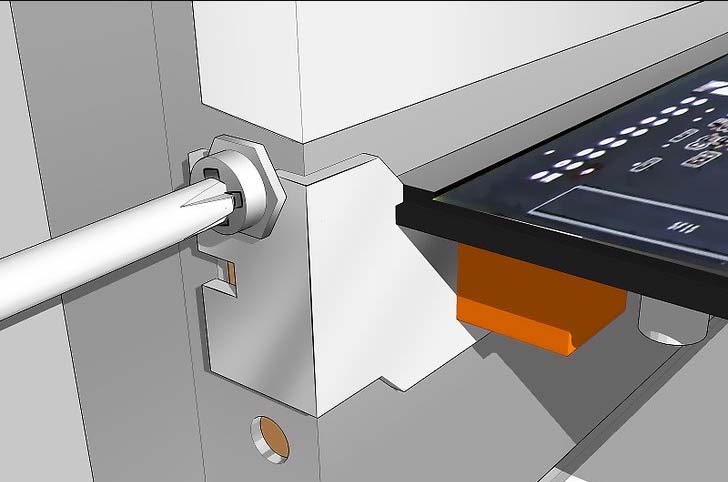X650v1.3 Hardware & Installation

10-pin Function Header - Pin Description
Functions
Name
PIN#
PIN#
Name
Functions
For eMMC programming nBOOT 1 2 GND 3. 3V DC power 3V3 3 4 5V0 5. 0V DC power I2C data GPIO2 5 6 GND I2C clock GPIO3 7 8 GPIO14 UART0 TXD GND 9 10 GPIO15 UART0 RXD
ATX Control Box Header - Pin Description
Functions
Name
PIN#
PIN#
Name
Functions
Control PC system reboot RST- 1 2 RST+ Control PC system reboot Control PC system power PWR- 3 4 PWR+ Control PC system power Read the status of PC power LED HLED- 5 6 HLED+ Read the status of PC power LED Read the status of PC HDD LED PLED- 7 8 PLED+ Read the status of PC HDD LED
Required Hardware
- X650 IPKVM PCI management card x1
- Raspberry Pi Compute Module 4 x1 (all variants compatible)
- 16GB micro-SD card x1 (Required for CM4 without eMMC)
- CR1220 coin battery x1 (For real-time clock)
- USB Type-C power supply (5V ≥ 3A) x1
- Ethernet cable x1
Hardware Installation
1. Unplug all the cables that are connected to the board.
2. Install a Compute Module into the connector of the Interface Board. Check that the Compute Module is oriented correctly before fully inserting it into the connector. Carefully align the two rows of connectors and press together evenly to snap together.
Caution: Take static precaution measures when handling the boards.

Confirm the Compute Module is correctly mated by looking at each corner of the Interface Board. 4 screw fixed holes are all visible.
3. Install the CPU cooling fan and insert the CR1220 coin battery (making sure that the battery is oriented correctly. Positive side (+) UP).

Hardware Connections

1. Optional for testing and debug - Connect the display for CM4 HDMI video output using a miniHDMI to HDMI cable.
2. Locate an HDMI port on your PC/server and connect using a miniHDMI to HDMI cable.
3. Locate a USB port on your PC/server and connect using a USB-C to USB-A cable.
4. Connect the USB Type-C power supply (5V ≥3A).
5. Connect to your network using a network cable.
Important Notes
1. The pin assignments for the panel header may differ by model. Refer to the motherboard user's manual for the actual pin assignments.
2. HDD LED and Power LED need proper polarity connection to function. Check your motherboard manual for polarity requirements.

1. PC/server motherboard
2. Motherboard system panel connector
3. Plug the ATX cable into the box header and connect to the motherboard system panel header.
4. Optional - Connect the Power Switch wires, Reset Switch wires, HDD LED wires, and Power LED wires from the front panel chassis connector to the X650 box header (pinout printed on the board bottom).
Important Notes
1. The pin assignments for the panel header may differ by model. Refer to the motherboard user's manual for the actual pin assignments.
2. HDD LED and Power LED need proper polarity connection to function. Check your motherboard manual for polarity requirements.
How to Install the PCI Card
1. Unplug your computer. Power down your computer and then unplug the power cable and all the other cables that are connected to the back.
2. Open your computer. PCI cards need to be installed inside your computer's chassis.
3. Remove the metal bay cover. Each PCI slot will have a bay associated with it on the back of the computer. When there's nothing installed, the bays are covered by small metal protectors. You can remove one by unscrewing the single screw holding it in place and then lifting it directly out of the case. Set the screw aside.

4. Gripping the PCI card by the sides. Do not touch the contacts along the bottom, and try to avoid touching any of the circuitry.

5. Insert the card and press it firmly straight down into the slot. Ensure that the card is level and seated fully in the slot before continuing. Note that the X650 PCI card is not required to insert into the PCI slot on the motherboard.
6. Secure the card. Use the screw that you removed from the metal bay cover and use it to secure the card into the same hole. Tighten the screw firmly but not so tightly that it will strip later.

For further assistance or inquiries, please reach out to our support team at info@edgecase.shop or sales@edgecase.shop. We are here to help you with any questions you might have.